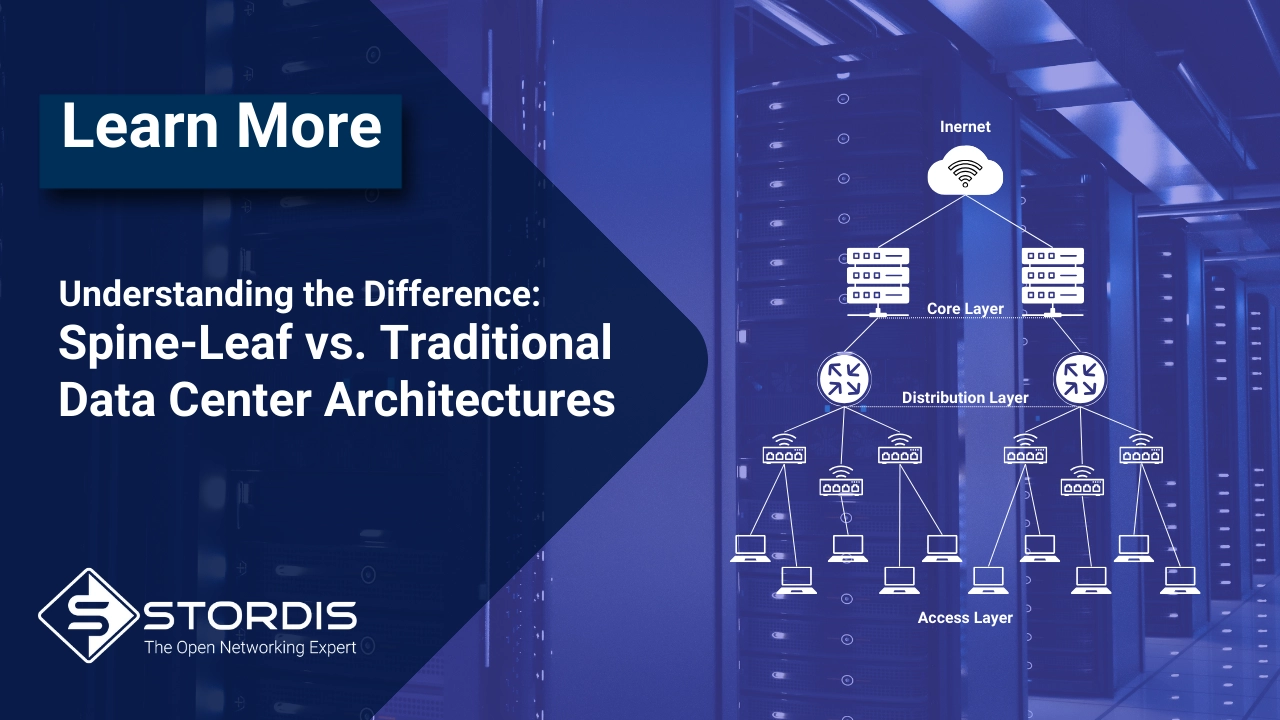- You have no items in your shopping cart
- Continue Shopping
Understanding Coherent Optics: Enhancing Data Transmission with Advanced Technology

Coherent optics
Coherent optics is an advanced technology used for transmitting larger amounts of data at high speeds over long distances compared to standard data transmission methods. While standard methods utilize only the intensity of light, this technology employs phase modulation, amplitude modulation, and polarization of two light waves to encode information.
Differences in the operation of coherent optics and standard non-optical transmission:
| Feature | Coherent Optics | Standard Non-Coherent Optics |
| Bandwidth | Higher | Lower |
| Range | Longer (Thousands of kilometers) | Shorter |
| TX Input Power | Higher | Lower |
| RX Sensitivity | Higher | Lower |
| Cost | Higher implementation cost | Lower implementation cost |
| Power Consumption | Higher | Lower |
Coherent optics uses:
– Phase Modulation: This allows for encoding more information on a single wavelength, increasing both bandwidth and spectral efficiency.
– Homodyne and Heterodyne Detection: The optical signal is mixed with a local oscillator signal of the same frequency, allowing the recovery of both amplitude and phase, thus enhancing reception accuracy.
– Digital Signal Processing (DSP): Upon reaching the detector, the signal often suffers from chromatic and polarization dispersion. DSP techniques correct these distortions, enabling longer transmission distances without signal regeneration.
– Amplifiers: These are used to boost the optical signal without converting it to an electrical signal, minimizing losses and extending transmission range.
– Dense Wavelength Division Multiplexing (DWDM): This technology increases fiber optic capacity by multiplexing multiple optical signals of different wavelengths into a single fiber. Coherent optics work with DWDM to enable high-speed data transmission over long distances with minimal signal loss.
Standard optical transmission:
– Non-coherent optics uses Amplitude Modulation: Information is encoded in the intensity changes of light. This method is simpler but less spectrally efficient than phase modulation.
– No Phase Detection: Without phase detection, it is impossible to differentiate phase changes in the signal, limiting both bandwidth and transmission distance.
– Less Advanced DSP: Standard systems have less advanced DSP capabilities, resulting in restricted bandwidth and transmission distance.
Comparison of coherent optics and standard non-coherent optics:
Bandwidth: Coherent optics achieve significantly higher bandwidth than standard techniques due to advanced modulation methods.
Range: The use of advanced DSP techniques and the ability to correct signal distortions allow coherent optics to transmit data over longer distances without signal regeneration.
TX Input Power: The input power in coherent optics is higher than in standard non-coherent systems due to the need to transmit data over long distances and thus counter greater attenuation.
RX Sensitivity: Coherent optics have higher receiver sensitivity and can operate at lower signal levels, enabling more efficient long-distance transmission compared to standard techniques.
Cost: While the implementation costs of coherent optics can be higher, the reduced need for signal regeneration and higher efficiency can make them more cost-effective overall. However, coherent optics consume significant amounts of power.
Power Consumption: Coherent optics systems require higher power consumption compared to standard non-coherent optics. This is primarily due to the advanced digital signal processing (DSP) techniques used for phase modulation and demodulation, as well as the need for more sophisticated amplifiers and cooling mechanisms to handle the increased thermal output.
ZR and ZR+ standards:
These are standards for coherent optical transceivers used for long-distance data transmission. These standards were developed to utilize coherent technology more effectively and flexibly in various network applications.
ZR Standard (400ZR): Defined by the Optical Internetworking Forum (OIF) for coherent optical transceivers. These transceivers support up to 400Gbps over distances up to about 80 km (about 49.71 mi), typically used in Data Center Interconnect. 400ZR modules can be used in standard QSFP-DD or OSFP interfaces.
ZR+ Standard: An extension of the 400ZR standard, supporting a wider range of applications and operating over greater distances up to several hundred kilometers. ZR+ can handle more bandwidth than ZR.
Applications:
Coherent optics is ideal for networks requiring high bandwidth and long-range connections, such as inter-city or international links. Coherent optics is a key piece of technology used in undersea cables that connect continents. It makes it possible to transmit data for thousands of kilometers underwater with minimal signal loss. Another example is multinational corporations that operate in multiple markets use coherent optics to connect their offices and data centers around the world. This enables efficient collaboration, data management and support for global business operations.
Advantages of coherent optics:
Higher Bandwidth: Coherent optics offer significantly higher bandwidth compared to traditional optical transmission methods. Advanced modulation techniques allow for the transmission of more data through the same optical fiber.
Longer Distances: Coherent optics enable data transmission over much longer distances without the need for multiple optical amplifiers. Advanced detection and error correction techniques allow coherent signals to be transmitted over thousands of kilometers, which is crucial for global telecommunications networks.
Higher Spectral Efficiency: Coherent optics are characterized by higher spectral efficiency, meaning that more data can be transmitted over a given frequency range. This allows for better utilization of available bandwidth and increased network capacity without the need to add more optical fibers.
Conclusion:
Coherent optics represent a significant advancement in data transmission technology, offering higher bandwidth, greater range, and better spectral efficiency compared to standard optical methods. Thanks to advanced modulation, detection, and signal processing techniques, it is possible to transmit data over much longer distances without the need for signal regeneration, making coherent optics an ideal solution for modern telecommunications networks.
If you would like to learn more about our range of coherent transceivers, look here: Transceivers 400G Archives – STORDIS
If you would like to learn more about our range of compatible switches to coherent optics, look here!

Marianna recently completed her master’s degree in Production Management and Engineering, which she has added to her degree in Technical Physics. It is this passion for technology that allows Marianna to thrive in the dynamic IT environment at STORDIS and to ensure that our clients’ needs are not just met, but surpassed, with the highest standards of excellence.
Comments
You might be interested in





